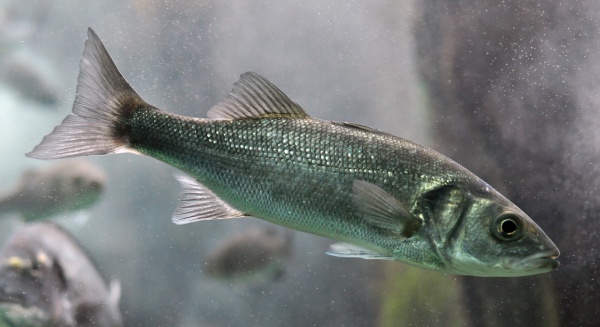Facts About European bass
The European bass, also known as the European seabass, is a captivating fish native to the waters off the western and southern coasts of Europe, as well as the northern coasts of Africa. This species matures slowly, taking several years to reach full adulthood. When fully grown, they typically weigh around 11 pounds and can attain lengths of up to 1 meter. They possess a striking silvery-grey color. As juveniles, they feed on invertebrates, but their diet shifts to other fish as they mature.
This fish is both commercially fished and farmed, especially in the Mediterranean region. In Ireland and the United Kingdom, it is a popular dish in restaurants and is often sold as sea bass. In North America, it is commonly referred to as branzino. Although favored by anglers, the European bass is listed as Least Concern by the International Union for Conservation of Nature (IUCN) due to its wide distribution and the absence of significant threats to its population.
Scientifically, the European bass was first described by Carl Linnaeus in 1758. Over the years, it has been known by several names before being classified as Dicentrarchus labrax. There are two genetically distinct populations of wild European bass: one in the northeast Atlantic Ocean and the other in the western Mediterranean Sea, separated by a natural barrier known as the Almería-Oran oceanographic front.
European bass are adaptable to various habitats, including estuaries, lagoons, coastal waters, and even rivers. Their range extends from northern Norway to Senegal in the eastern Atlantic Ocean and throughout the Mediterranean Sea. These fish exhibit seasonal migration, moving closer to shore and further north during the summer months. Their diet includes small fish, polychaetes, cephalopods, and crustaceans. They spawn from March to June in inshore waters.
Regarding fisheries, the annual catches of wild European bass are relatively modest. France and Egypt are among the countries reporting significant catches. However, the species is under increasing pressure from commercial fishing, prompting conservation efforts in places such as the United Kingdom and Ireland. Aquaculture of European bass is substantial in countries such as Greece, Turkey, Italy, Spain, Croatia, and Egypt, with annual production exceeding 120,000 tonnes in 2010. The fish is known by different names in various languages, underscoring its cultural and economic significance in the regions where it is enjoyed.

 Belgium
Belgium